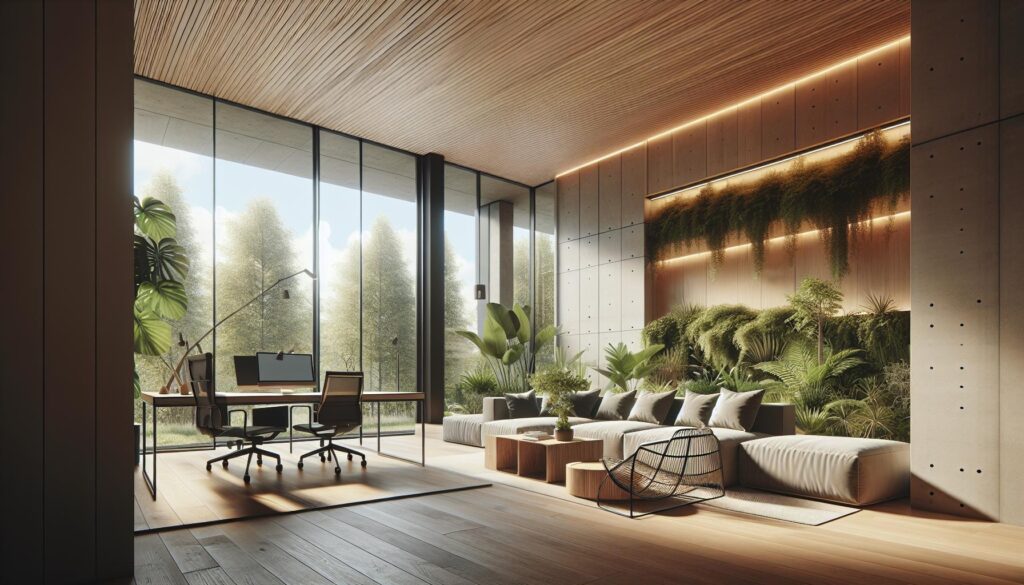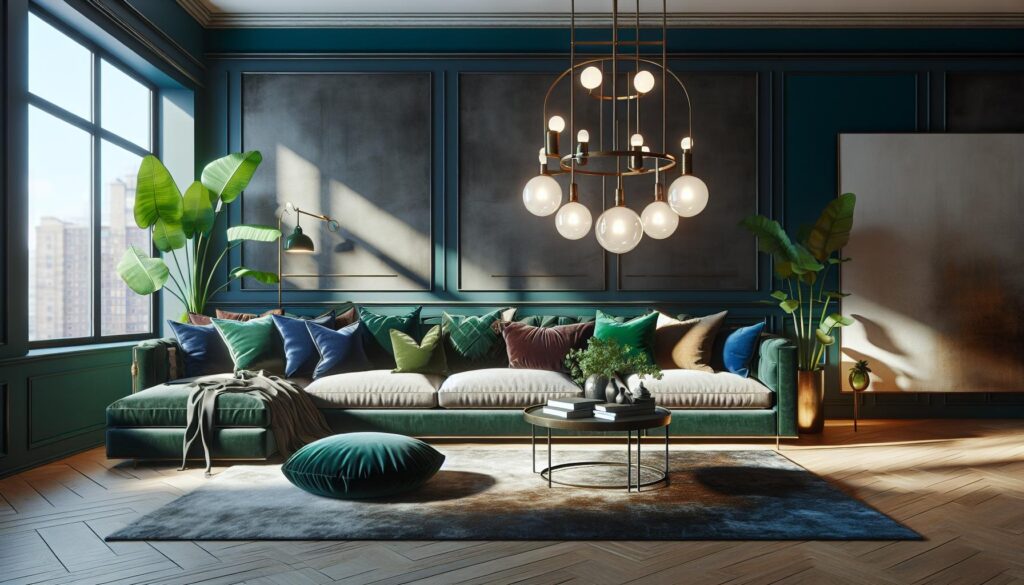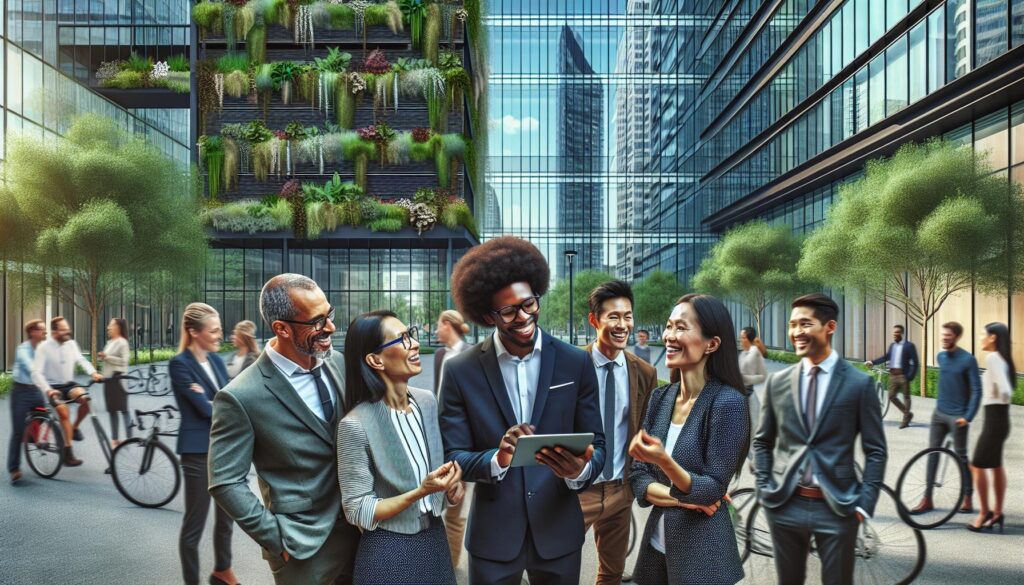In 2021, architecture took a wild turn, blending creativity with practicality like never before. As the world adapted to new norms, buildings became more than just structures—they transformed into havens of comfort and sustainability. Imagine living in a home that not only looks good but also hugs the environment like a cozy blanket.
Architectural Trends 2021
Architectural design in 2021 showcased a pronounced focus on sustainability and functionality. Creative solutions emerged as architects adapted to changing lifestyles and environmental needs. Smart technologies integrated into buildings enhanced energy efficiency, promoting eco-friendly practices.
Flexibility became crucial in design, with adaptable spaces catering to remote work and leisure. Open layouts encouraged interaction while maintaining privacy. Natural materials gained popularity, reflecting a desire for organic aesthetics in urban settings.
Health and wellness influenced architecture, leading to designs prioritizing natural light and ventilation. Biophilic design featured prominently, integrating greenery into indoor spaces. This connection to nature improved mental well-being for occupants.
Community-oriented designs emphasized social interaction, fostering connections among residents. Multifunctional public spaces attracted diverse groups, enhancing the sense of belonging. Inclusivity surfaced as a key consideration, ensuring accessibility across various demographics.
Color trends leaned toward earthy tones, creating calming environments that resonate with nature’s palette. Minimalist aesthetics emerged, highlighting simplicity and clarity while minimizing clutter. This approach aligned with the growing appreciation for mindfulness in living spaces.
Lastly, sustainability drove innovation in construction methods. Recycled materials and energy-efficient systems became standard, reflecting environmental responsibility. As a result, the architectural landscape transformed, aligning with contemporary expectations for eco-conscious living.
Sustainable Design Innovations
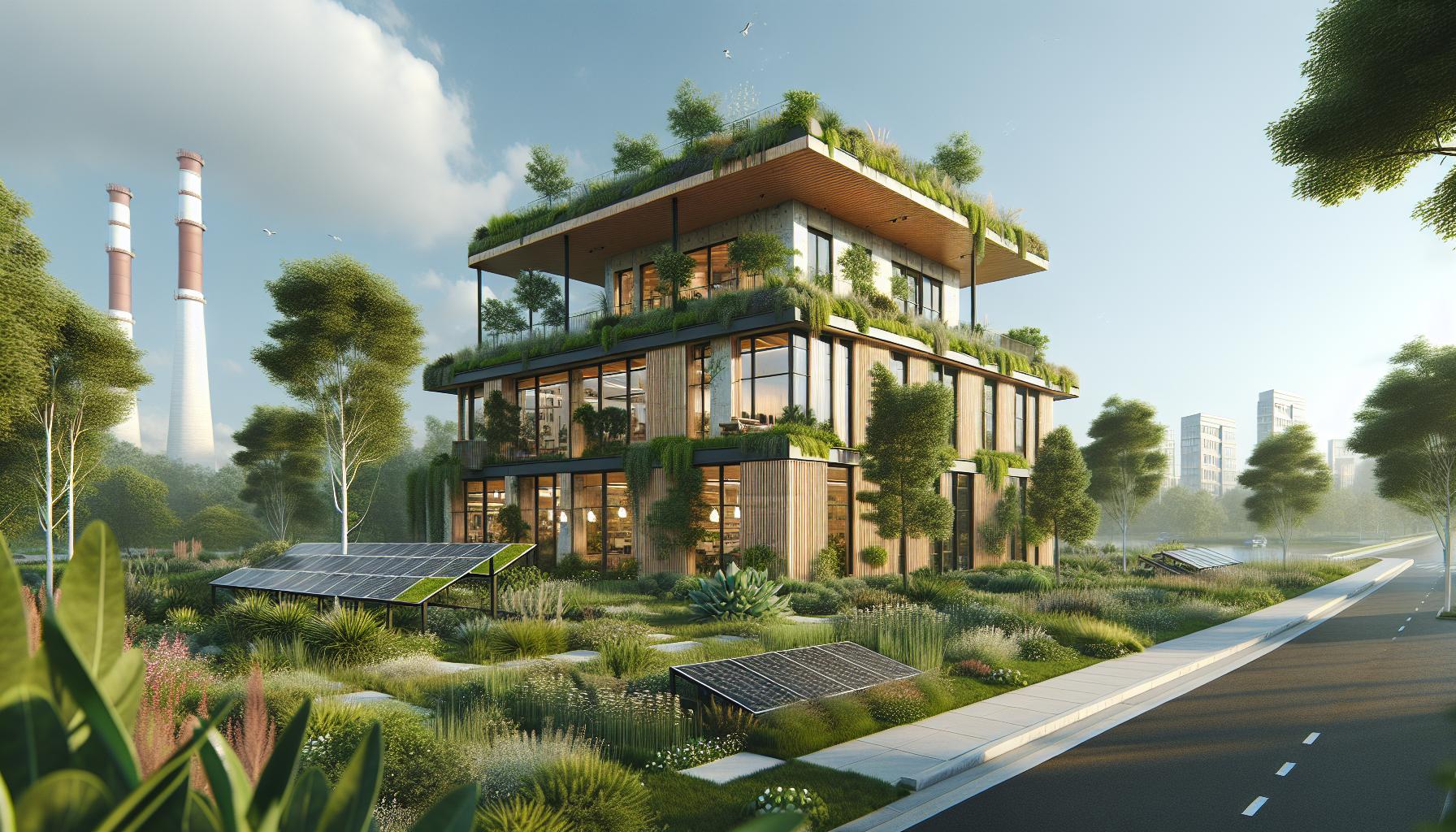
Sustainable design innovations played a critical role in architectural trends during 2021. These advancements focused on minimizing environmental impact while promoting healthier living spaces.
Green Building Materials
Green building materials gained traction as architects and builders prioritized sustainability. Recycled products such as reclaimed wood and repurposed steel contributed to reduced waste. Additionally, bamboo emerged for its rapid growth and low environmental impact. Natural insulation materials, like sheep’s wool and cellulose, enhanced energy efficiency. The use of low-VOC paints and finishes improved indoor air quality, supporting healthier environments. These choices reflected a growing commitment to eco-friendly practices in the construction industry.
Energy Efficiency Solutions
Energy efficiency solutions transformed the architectural landscape by reducing utility costs and promoting sustainability. Smart technologies enabled real-time monitoring of energy consumption, improving resource management. Programmable thermostats and energy-efficient appliances became standard in new designs. Solar panels and green roofs reduced reliance on traditional energy sources while enhancing aesthetics. Moreover, improved insulation methods played a vital role in maintaining comfortable indoor climates. Together, these solutions aligned with contemporary demands for responsible energy use.
Biophilic Architecture
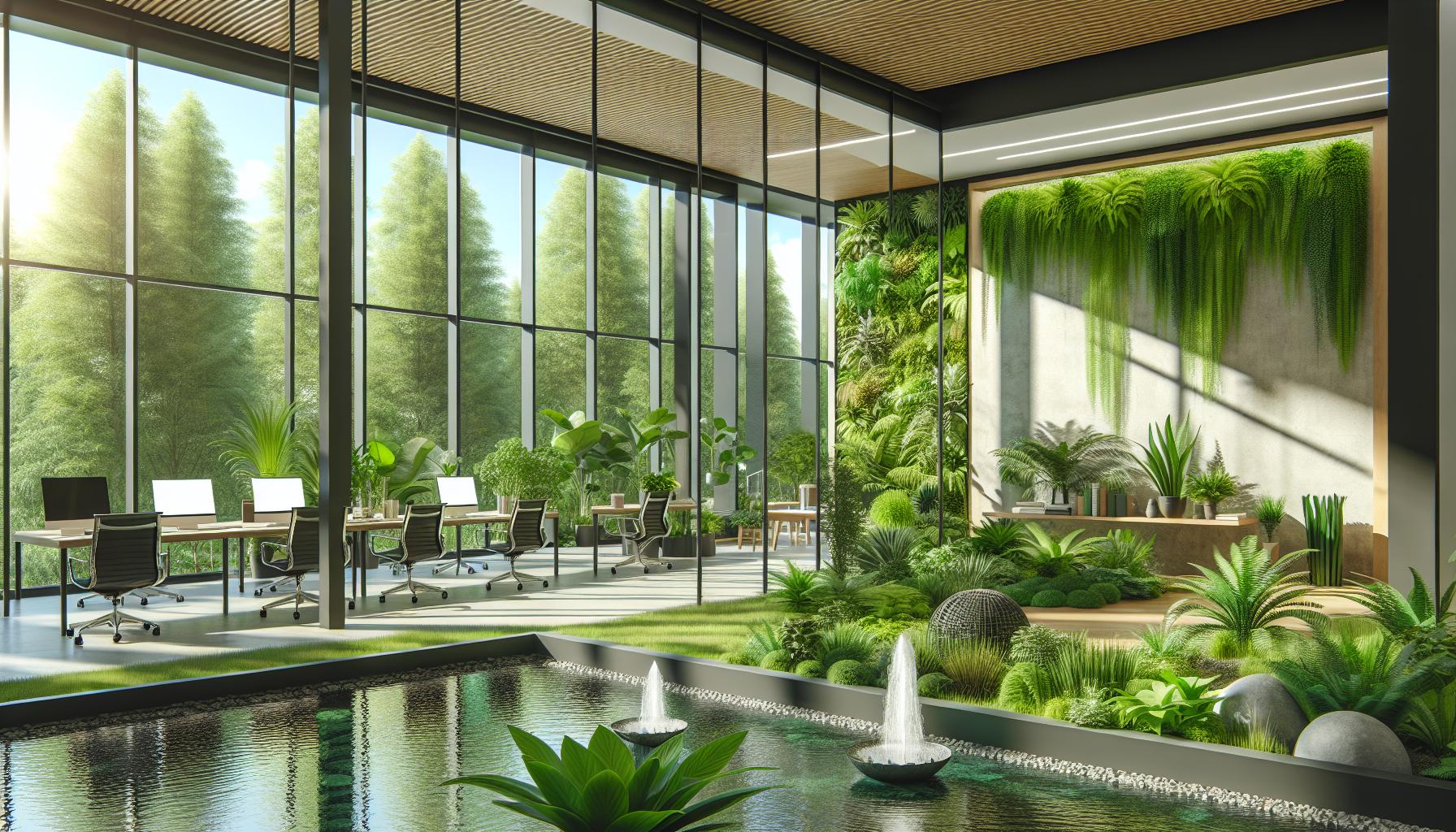
Biophilic architecture emphasizes the connection between built environments and nature. This trend promotes the incorporation of natural elements into design, enhancing the overall aesthetic and functionality of spaces.
Integration with Nature
Integrating nature into architectural designs has become vital in creating harmonious living environments. Buildings often feature large windows that provide expansive views of green landscapes, enhancing the indoor experience. Natural light plays an integral role, illuminating interiors and minimizing the dependence on artificial lighting. Green walls filled with various plants improve air quality and serve as striking design elements. Water features, such as fountains and ponds, create soothing atmospheres, blending the tranquility of nature with urban settings. This approach fosters a seamless relationship between occupants and their surroundings, encouraging a sense of peace and connection.
Benefits for Well-Being
The benefits of biophilic architecture extend beyond aesthetics, significantly impacting mental well-being. Exposure to natural elements has been shown to reduce stress and anxiety levels, promoting overall happiness. Incorporating greenery into indoor spaces enhances cognitive function and productivity, making environments more conducive to work and relaxation. Comfortable, healthy settings support physical well-being by improving air quality and encouraging movement. Spaces designed with biophilic principles foster social connections, enhancing community engagement and interaction. Ultimately, this thoughtful integration of nature contributes to a comprehensive approach to health, enrichment, and quality of life.
Adaptability in Design
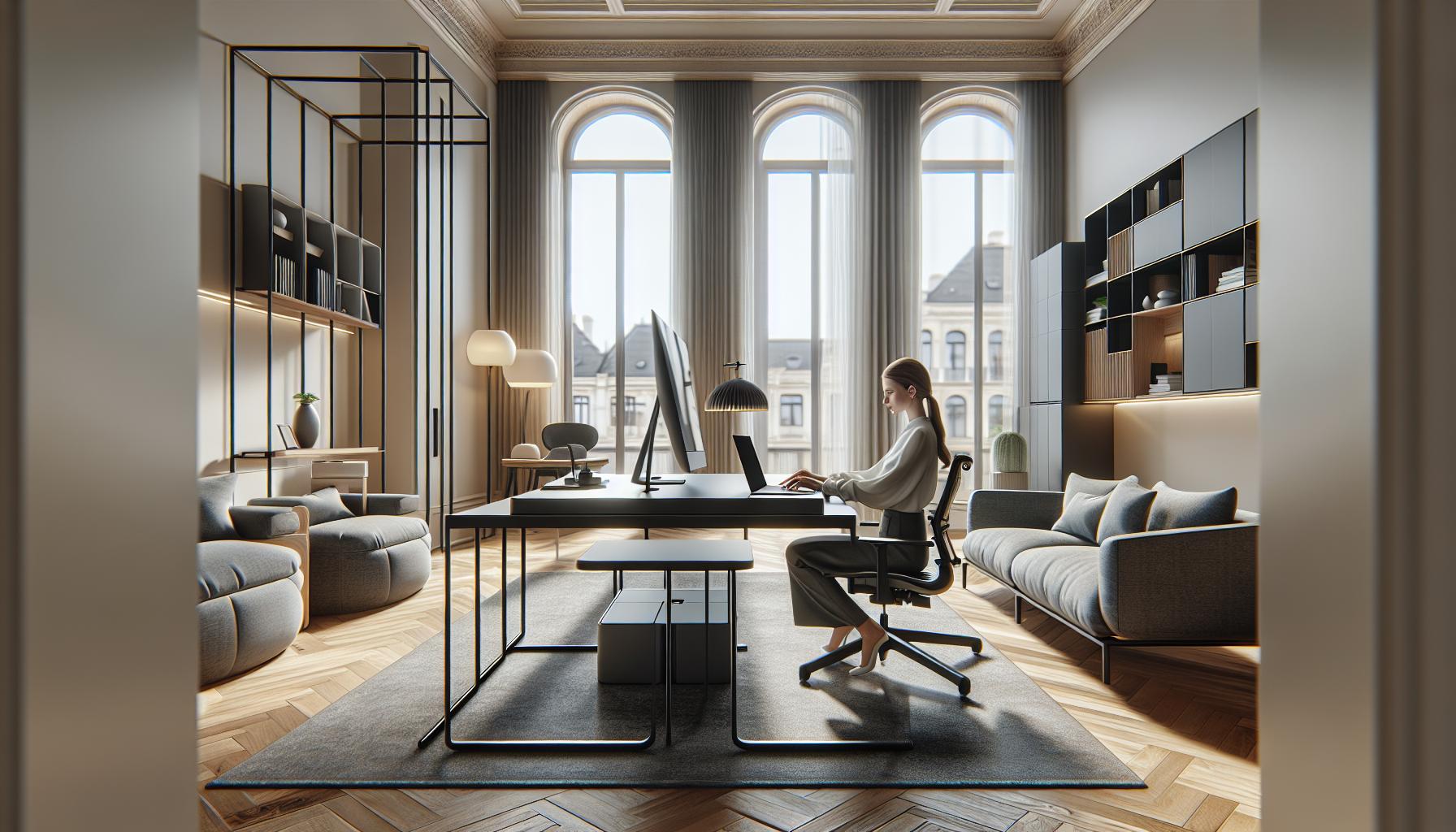
Architectural adaptability emphasizes the need for spaces that respond to shifting lifestyles and preferences. Designers now prioritize flexibility to accommodate various functions within a single environment.
Multi-Functional Spaces
Multi-functional spaces serve diverse purposes without compromising comfort or style. Furniture like foldable tables and modular seating allows areas to transition effortlessly between work and leisure. The integration of storage solutions within furniture maximizes utility, creating uncluttered environments. Home offices, guest rooms, and play areas coexist in open floor plans, encouraging fluid movement. Efficiency in design leads to homes that adapt to evolving needs, enhancing both practicality and aesthetic appeal.
Remote Work Influences
Remote work influences many aspects of architectural design today. In response to increased telecommuting, architects create dedicated workspaces within homes that provide privacy and focus. These areas often feature soundproofing and ergonomic furniture to promote productivity and comfort. Ample natural light enhances mood and energy levels, while technology integrations facilitate seamless connectivity. As remote work remains prevalent, the demand for functional, inspiring home offices transforms how space is utilized and perceived.
Technology in Architecture
Technology significantly influences architecture, enhancing design processes and improving building performance. Advanced tools now allow architects to create innovative solutions that align with contemporary demands for efficiency and sustainability.
Smart Building Systems
Smart building systems incorporate automation and real-time monitoring, enhancing energy efficiency and user comfort. These systems control lighting, heating, and security, adjusting settings based on occupancy and usage patterns. For instance, integrated technologies enable real-time data analysis, optimizing resource consumption and minimizing waste. Automated blinds and smart thermostats respond to environmental changes, improving energy efficiency and reducing costs. Such systems promote sustainable practices, aligning with the architectural focus on eco-friendly solutions.
Virtual and Augmented Reality
Virtual and augmented reality revolutionize the architectural design process, enabling immersive experiences for clients and designers. Visualization tools allow stakeholders to explore projects before construction begins, enhancing feedback and facilitating informed decision-making. Architects can create 3D models, integrating virtual elements into real-world settings. This technology streamlines collaboration among team members, ensuring design accuracy and efficiency. Increased interaction with projects fosters a deeper understanding of spaces and their functionality. Enhanced visualization promotes innovation, shaping the future of architectural design.

